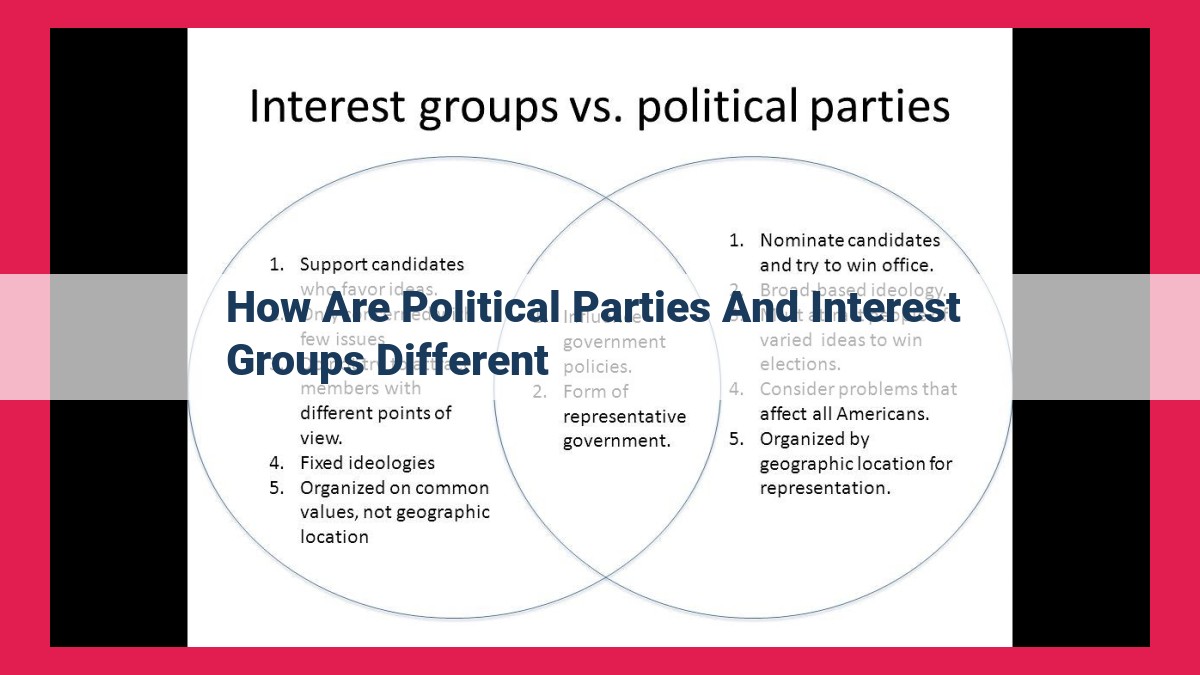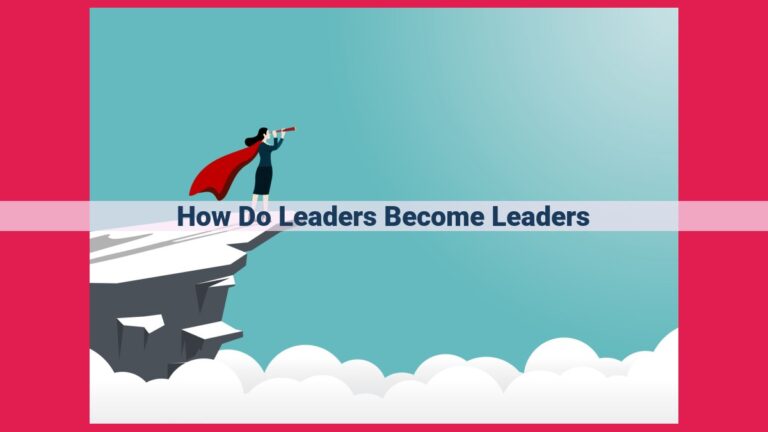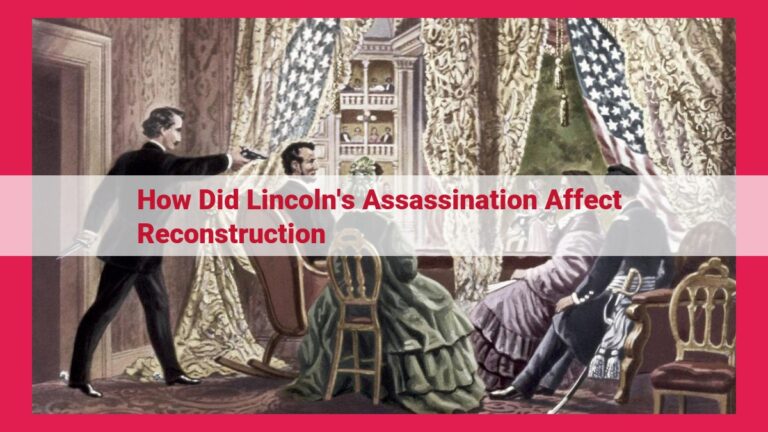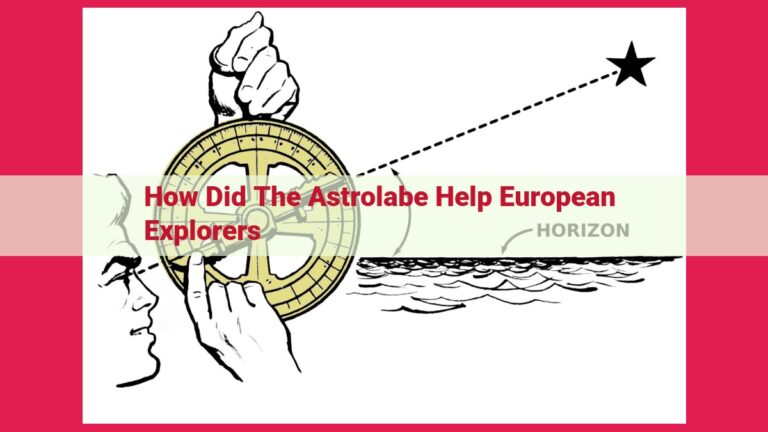Title: The Interplay Of Political Parties And Interest Groups: Shaping Government And Public Policy

Political parties aim to control government and pursue ideologies by running candidates in elections. Interest groups focus on specific policy issues and seek to influence government decisions. Parties have diverse membership, while interest groups represent particular interests. Parties have formal structures and decision-making processes, while interest groups vary in organization. Parties engage in campaigns and elections, while interest groups lobby, educate, and organize. Parties raise funds through donations and PACs, while interest groups rely on membership dues and contributions. Parties influence policy through elected officials, while interest groups advocate for specific issues and shape policy outcomes.
Political Parties vs. Interest Groups: Understanding the Differences
The political landscape is a complex tapestry woven with various actors seeking to influence policy decisions. Among these are political parties and interest groups, two distinct entities with different purposes and characteristics.
Political parties serve as the fundamental pillars of democracy, aiming to articulate ideologies, develop policy platforms, and mobilize support for candidates during elections. Their loyal members share similar political beliefs and work collectively to advance their party’s agenda.
In contrast, interest groups are formed around specific policy objectives, representing individuals, organizations, or businesses with common interests. They aim to influence legislation and policy decisions that affect their members’ well-being. Unlike political parties, interest groups are not tied to particular ideologies but rather focus on specific policy outcomes.
Primary Goals and Objectives: A Tale of Power and Influence
In the realm of politics, the dance between political parties and interest groups unfolds, each entity driven by distinct aspirations. Political parties, the gatekeepers to power, are fueled by ideologies that shape their platforms and election strategies. Their primary objective is to secure victories in elections, ensuring representation and influence in government. Through well-defined platforms, they articulate their stance on key issues, resonating with the values and aspirations of their supporters.
Interest groups, on the other hand, pursue a narrower focus, advocating for specific policy objectives and outcomes. They seek influence over policymaking, aiming to shape legislation that aligns with their interests. Often representing particular sectors of society—such as businesses, unions, or environmental organizations—their influence stems from their ability to mobilize support, lobby decision-makers, and sway public opinion.
The distinction between these two entities lies in their primary goals: political parties strive for electoral success, while interest groups advocate for policy outcomes. Their divergent objectives shape their actions and strategies, ultimately influencing the direction of public policy and the distribution of power in society.
Membership and Composition: The Heart of Political Parties and Interest Groups
Political Parties: A Loyal Base of Supporters
Political parties are built upon a loyal base of members who share similar ideologies and political goals. These members are often deeply committed to the party’s platform and candidates. Their demographic characteristics vary widely, encompassing diverse socioeconomic backgrounds, educational levels, and geographical locations. Parties rely on their members for support, volunteer work, and donations. In return, members receive a sense of political identity and the opportunity to participate in the political process.
Interest Groups: A Coalition of Diverse Interests
Interest groups, on the other hand, cater to specific constituencies with shared policy objectives. These groups are often composed of individuals, organizations, or businesses united by their common interest in a particular industry, issue, or cause. For example, an environmental interest group might represent a coalition of conservation organizations, scientists, and concerned citizens. Interest groups seek to influence legislation and public opinion to advance their specific agendas.
**Organizational Structure and Decision-Making: The Core of Political Parties and Interest Groups**
Every organization thrives on a well-structured framework and effective decision-making processes. Political parties and interest groups are no exception. They operate with distinct organizational structures that shape their decision-making and overall influence in the political arena.
Inside the Ranks of Political Parties
Political parties are typically structured around a centralized leadership model. At the helm is the party chairperson, who is responsible for overseeing the party’s overall operations, fundraising, and messaging. Below the chairperson, a hierarchy of committees is tasked with managing specific aspects of the party, such as policy development, candidate recruitment, and campaign strategy.
Decision-making within political parties is often driven by party platforms. These platforms outline the party’s core ideologies and policy positions, serving as a guiding force for party members and potential voters. Party leadership and committees play a significant role in shaping the platform and ensuring it reflects the collective values of the party.
Unraveling the Diversity of Interest Groups
In contrast to the structured nature of political parties, interest groups exhibit a wider spectrum of organizational structures. Some interest groups, such as trade unions or professional associations, have a formal membership base and a clear hierarchy of leadership. Others, like advocacy groups or grassroots organizations, may operate with a more decentralized structure, relying on volunteers and a network of supporters.
Decision-making within interest groups varies depending on their structure. Groups with a formal membership often hold regular meetings or conduct surveys to gather input from their members. Larger organizations may have dedicated policy or executive committees that make key decisions on behalf of the group.
Leaders and Decision-Makers
The strength and effectiveness of both political parties and interest groups hinge on the leadership they provide. In political parties, elected officials playing leadership roles, such as party leaders or committee chairs, hold significant influence in shaping the party’s agenda and decision-making processes.
Within interest groups, executive directors, lobbyists, and spokespersons often steer the group’s activities and represent its interests before government bodies and the public. These individuals possess expertise in their respective policy areas and play a pivotal role in advocating for their group’s goals.
Activities and Engagements of Political Parties and Interest Groups
Political parties and interest groups play distinct roles in the political arena, but both engage in a range of activities to achieve their objectives.
Political Parties:
- Campaigns and Elections: Parties mobilize their members and supporters to campaign for candidates, run political campaigns, and participate in elections to gain political power.
- Fundraising: Securing financial resources is crucial for political parties. They raise funds through donations, political action committees (PACs), and other fundraising events.
- Candidate Recruitment: Parties actively seek and support candidates who align with their ideologies and policies to run for public office.
Interest Groups:
- Lobbying: Interest groups directly engage with government officials, lawmakers, and policymakers to advocate for their specific policies and perspectives.
- Public Education: They disseminate information, educate the public, and raise awareness about issues that are important to their members.
- Political Advocacy: Interest groups engage in political activism, including supporting or opposing candidates and policies that align with their interests.
- Grassroots Organizing: Mobilizing local communities and grassroots supporters to rally around causes and influence policy decisions.
Funding the Political Landscape: Political Parties vs. Interest Groups
Every election cycle, political parties and interest groups spend vast sums of money to influence the outcome. Funding is the lifeblood of political campaigns, allowing candidates and organizations to reach voters, spread their message, and mobilize support.
Political parties primarily rely on member donations, political action committees (PACs), and political action committees (PACs) to raise funds. Member donations provide a steady stream of income, while PACs and super PACs can contribute unlimited amounts of money to candidates and causes.
Interest groups, on the other hand, have a more diverse array of funding sources. Membership dues form the foundation of their budgets, supplemented by corporate contributions and fundraising events. Some interest groups also receive grants from foundations or government agencies.
The sources of funding can have a significant impact on the way political parties and interest groups operate. Parties that rely heavily on member donations are more likely to be responsive to their base, while those that receive large corporate contributions may be more beholden to special interests. Similarly, interest groups that are funded by corporations may be more likely to advocate for policies that benefit their donors.
Transparency in funding is a crucial issue in the political arena. The public has a right to know where the money comes from and how it is being used. Political parties and interest groups are increasingly required to disclose their donors, but there are still loopholes that allow for large sums of money to be spent without accountability.
The funding of political parties and interest groups is a complex and ever-evolving issue. As the cost of elections continues to rise, the role of money in politics will likely only grow more important. It is essential for citizens to be informed about the sources of funding and the potential influence it can have on our democratic process.
Relationship with Government
Political parties and interest groups play significant roles in the political landscape and greatly influence government decision-making.
Political Parties’ Role in Government:
Political parties serve as the gatekeepers of political power. They nominate candidates for elections and support them through campaigns, helping to shape the composition of legislative bodies. Once elected, party members work together to advance their shared ideologies and policy platforms. Through coalitions and negotiations, they influence legislative agendas, secure votes, and determine the course of public policy.
Interest Groups’ Interactions with Government:
Interest groups, representing various segments of society, maintain close connections with government officials. They lobby policymakers, presenting their perspectives on issues and advocating for policies that align with their objectives. Interest groups often cultivate relationships with legislators, bureaucrats, and regulators, providing information, expertise, and resources to influence decision-making.
Influence on Legislation:
Both political parties and interest groups actively seek to shape legislation. Political parties develop legislative agendas based on their platforms and priorities. Interest groups, on the other hand, focus on specific policy areas and mobilize their resources to advocate for their positions. Through lobbying, public campaigns, and grassroots organizing, they attempt to sway public opinion and influence the content of proposed laws.
Accountability and Transparency:
The influence of political parties on policymaking is subject to public scrutiny and elections. Voters can hold elected officials accountable for their actions and make choices based on party affiliation and policy positions. In contrast, interest groups face limited public accountability. Their funding sources and lobbying activities may not be transparent, potentially raising concerns about influence and bias in policymaking.
Impact on Policy Outcomes
Political parties and interest groups play pivotal roles in shaping policy outcomes.
Political Parties: Ideologies and Agenda-Setting
Political parties are ideological entities that hold core beliefs and values. They develop legislative agendas that reflect these ideals. By mobilizing their supporters, parties influence policymaking through the electoral process. Successful candidates from a particular party can enact policies aligned with the party’s platform.
Interest Groups: Advocacy and Influence
Interest groups represent specific constituencies, advocating for policies that benefit their members. They employ lobbying, public education, and grassroots organizing to shape policy discussions. By influencing policymakers and swaying public opinion, interest groups exert pressure on decision-making, striving to advance their desired outcomes.
Policy Outcomes and Public Debate
The interplay between political parties and interest groups influences policy outcomes. Political parties provide a structured framework for policy development and election campaigns. Interest groups inject specific interests into the policymaking process, influencing the content of legislation. Together, these players shape public debate, setting the agenda for policy choices and impacting the direction of societal governance.
Accountability and Transparency
In the intricate tapestry of politics, transparency and accountability serve as crucial threads, ensuring that the actions of political parties and interest groups are subject to scrutiny and public trust. While political parties face some degree of public oversight through elections and the watchful eye of the media, interest groups often operate with less transparency.
Political parties are accountable to their members, whose votes determine their policies and leadership. Inherent in the democratic process, elections provide a mechanism for the electorate to hold political parties responsible for their promises and performance. Moreover, the public’s scrutiny acts as a check on party behavior, ensuring that they align with the values and interests of their constituents.
In contrast, interest groups lack a direct electoral mandate. While some groups may have membership organizations, their ability to influence policy is not tied to votes. This lack of accountability raises concerns about the potential for undue influence and bias in policymaking. Interest groups can often exert significant pressure on decision-makers through lobbying, campaign contributions, and other forms of advocacy.
The limited public accountability of interest groups has led to calls for greater transparency. Critics argue that the public has a right to know who is trying to influence policy decisions and what their interests are. Increased transparency would help to ensure that interest groups are acting in the public interest and not simply seeking to advance narrow agendas.
Strong and transparent institutions are essential for a healthy democracy. By holding political parties and interest groups accountable and ensuring transparency in their activities, we can help to ensure that the voices of all citizens are heard and that decisions are made in the best interests of the public.




